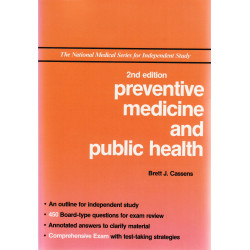Decomposition of Socioeconomic Inequality in Cardiovascular Disease Prevalence in the Adult Population: A Cohort-based Cross-sectional Study in Northwest Iran
Authors
Affiliations
- Digestive Disease Research Center, Ardabil University of Medical Sciences, Ardabil, Iran.
- Social Determinants of Health Research Center, Ardabil University of Medical Sciences, Ardabil, Iran.
- Department of Community Medicine, School of Medicine, Ardabil University of Medical Sciences, Ardabil, Iran.
Abstract
Objectives: The incidence of cardiovascular disease (CVD) mortality is increasing in developing countries. This study aimed to decompose the socioeconomic inequality of CVD in Iran.
Methods: This cross-sectional population-based study was conducted on 20 519 adults who enrolled in the Ardabil Non-Communicable Disease cohort study. Principal component analysis and multivariable logistic regression were used, respectively, to estimate socioeconomic status and to describe the relationships between CVD prevalence and the explanatory variables. The relative concentration index, concentration curve, and Blinder-Oaxaca decomposition model were used to measure and decompose the socioeconomic inequality.
Results: The overall age-adjusted prevalence of CVD was 8.4% in northwest Iran. Multivariable logistic regression showed that older adults, overweight or obese adults, and people with hypertension and diabetes were more likely to have CVD. Moreover, people with low economic status were 38% more likely to have CVD than people with high economic status. The prevalence of CVD was mainly concentrated among the poor (concentration index, -0.077: 95% confidence interval, -0.103 to -0.060), and 78.66% of the gap between the poorest and richest groups was attributed to differences in the distribution of the explanatory variables included in the model.
Conclusions: The most important factors affecting inequality in CVD were old age, chronic illness (hypertension and diabetes), marital status, and socioeconomic status. This study documented stark inequality in the prevalence of CVD, wherein the poor were more affected than the rich. Therefore, it is necessary to implement policies to monitor, screen, and control CVD in poor people living in northwest Iran.
Keywords: Cardiovascular disease; Health inequities; Prevalence; Risk assessment; Socioeconomic factors.

